The Revival of 2000s Nostalgia: Why Throwback Sounds Are Dominating Today’s Charts
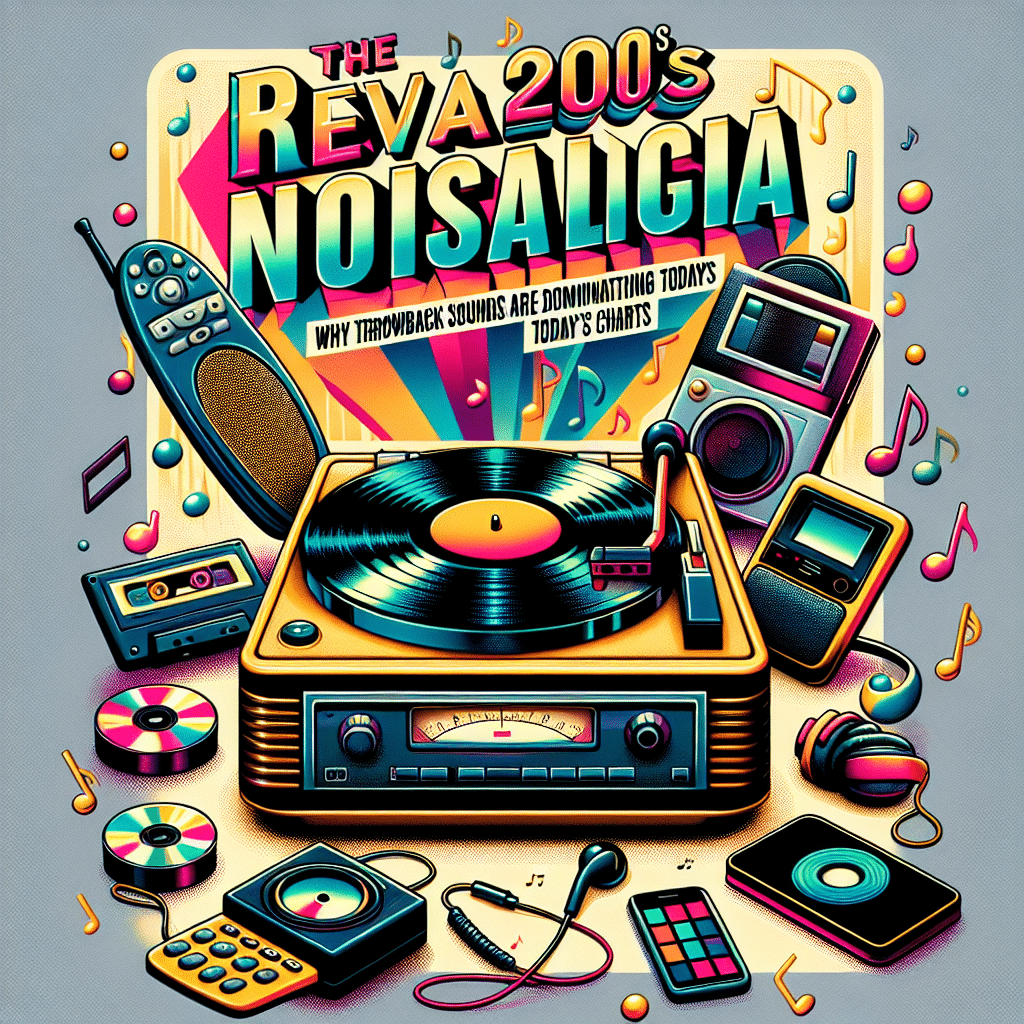
Introduction
In recent years, the music industry has witnessed a significant revival of 2000s nostalgia, with a surge of throwback sounds dominating today’s charts. Fans of all ages have begun to embrace the pop beats, hip-hop rhythms, and R&B grooves that defined the early millennium. This article delves into the historical context of 2000s music, highlights key artists leading the charge, examines current trends, and reflects on the cultural impact of this phenomenon. Ultimately, we will explore the significance of this revival and what it means for the future of music.
Historical Context
To understand the resurgence of 2000s nostalgia, we must first look back at the era itself. The early 2000s were defined by the rise of pop-punk, hip-hop, and R&B, propelled by artists such as Britney Spears, Eminem, and Usher. As the internet became more accessible, platforms like MySpace allowed emerging artists to find their audience. Meanwhile, the raw authenticity of genres like emo and the catchy hooks of pop became solidified in the mainstream.
The decade also saw significant technological advancements in music production, which laid the groundwork for future genres. Sampling became a prominent technique, with producers borrowing elements from successful hits of the past. This early experimentation fostered a culture of remixing and reinterpretation that continues to thrive today.
See Also: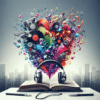 Pop Perfection: The Must-Listen Artists Shaping Today's Music Scene
Pop Perfection: The Must-Listen Artists Shaping Today's Music SceneKey Artists
Many contemporary artists have turned to the sounds of the 2000s, crafting a nostalgic atmosphere that resonates with listeners. Here are a few key players leading this movement:
1. Dua Lipa
Dua Lipa is one standout artist who has successfully infused 2000s pop elements into her music. Her hits like "Don't Start Now" and "Levitating" feature catchy melodies reminiscent of early 2000s dance-pop, while her aesthetic reflects the vibrant fashion trends from that era. Lipa's collaboration with Elton John on “Cold Heart (PNAU Remix)” melds classic hooks with modern production, further bridging the gap between past and present.
2. Doja Cat
See Also: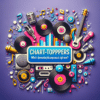 Chart-Toppers: Who's Dominating the Pop Music Scene Right Now?
Chart-Toppers: Who's Dominating the Pop Music Scene Right Now?Doja Cat's eclectic sound blends genres seamlessly, drawing from hip-hop, R&B, and pop influences. Tracks like "Say So" showcase her ability to blend modern sensibilities with early 2000s vibes, thanks to catchy choruses and playful lyrics. Her music videos often reference the aesthetics of the time, reinforcing the visual nostalgia for audiences.
3. Olivia Rodrigo
Olivia Rodrigo has burst onto the scene with a sound that resonates deeply with millennials and Gen Z alike. Her debut album, “SOUR,” carries influences from pop-punk, a genre that peaked in the 2000s. Songs like "Good 4 U" echo the high-energy angst of early 2000s bands, capturing the emotions of a generation while also appealing to nostalgia.
4. The Weeknd
The Weeknd has been at the forefront of blending contemporary sounds with retro influences, often evoking the feel of 1980s and 2000s R&B. His 2020 album “After Hours” features tracks like “Blinding Lights,” which pays homage to the synth-heavy pop sounds popularized in the 2000s, achieving commercial success and critical acclaim in the process.
See Also: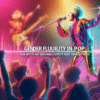 Gender Fluidity in Pop: How Artists are Redefining Identity Through Music
Gender Fluidity in Pop: How Artists are Redefining Identity Through MusicCurrent Trends
As the revival of 2000s nostalgia continues to gain traction, several trends are becoming evident:
1. Sampling and Remakes
Sampling has become a prevalent technique used by contemporary musicians. By reinterpreting early 2000s hits, artists are not only paying homage to the sounds of the past but also introducing them to a new generation. Recent examples include Saweetie's "My Type," which samples Petey Pablo's "Freek-a-Leek," and the resurgence of the “Sample” features on popular streaming platforms, allowing users to explore and create with nostalgic sounds.
2. Fashion and Aesthetics
The revival extends beyond music into fashion and visual culture. Influences from 2000s styles—think crop tops, baggy jeans, and platform sneakers—are increasingly reflected in current trends. These elements often appear in music videos and promotional materials, creating a cohesive nostalgia that resonates with fans. Social media platforms like TikTok have fueled this resurgence, with users showcasing vintage looks that reflect the era's aesthetic.
See Also: Collaborative Chaos: Exploring the Rise of Unlikely Pop Partnerships
Collaborative Chaos: Exploring the Rise of Unlikely Pop Partnerships3. Streaming and Discoverability
The rise of streaming platforms has made it easier than ever for listeners to access music from previous decades. Algorithm-driven playlists and trend cycles promote older tracks alongside new releases, ensuring that 2000s sounds consistently find their way back into the public consciousness. The ability to retroactively discover music from the ‘00s adds layers to today's pop culture dialogue, sparking discussions around nostalgia and popular memory.
Cultural Impact
The cultural impact of the 2000s revival is profound. It reflects a yearning for simpler times amidst the chaos of the modern world. In a fast-paced digital age where trends shift rapidly, revisiting the music and aesthetics of the 2000s offers comfort and familiarity. This nostalgia is not only about reminiscing the past; it also speaks to broader themes of identity, generational connection, and collective memory.
Moreover, the blending of old and new sounds encourages artists to innovate while remaining rooted in their influences. By sampling and revisiting earlier music, they are participating in a broader cultural dialogue, connecting with both their artistic predecessors and contemporary audiences.
See Also: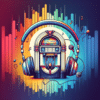 Nostalgia in Modern Pop: Why We Love Throwback Sounds
Nostalgia in Modern Pop: Why We Love Throwback SoundsConclusion
The revival of 2000s nostalgia in today’s charts reveals a fascinating interplay between past and present, inviting listeners to explore the shared threads of musical history. As artists draw from the iconic sounds of the early millennium, they not only celebrate the music that shaped their childhoods but also offer new interpretations that resonate in today’s context. The significance of this revival lies in its ability to create connections across generations, reminding us that music is a living art form that continually evolves while honoring its roots.
FAQs
Q1: Why is 2000s music so popular right now?
A1: The popularity of 2000s music stems from a collective nostalgia for a simpler time. Current artists blend these iconic sounds with modern elements, appealing to both older fans and younger listeners discovering this music for the first time.
See Also: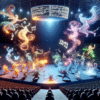 The Clash of the Titans: Iconic Artists Compete for Chart Supremacy
The Clash of the Titans: Iconic Artists Compete for Chart SupremacyQ2: Are there specific genres from the 2000s that are making a comeback?
A2: Yes, genres like pop-punk, R&B, and hip-hop are resurging. Many contemporary songs are influenced by the beats, lyrics, and styles that defined the 2000s.
Q3: How are artists using social media to promote this nostalgia?
A3: Artists leverage platforms like TikTok to showcase throwback trends and sounds, enabling viral challenges and remixes that celebrate 2000s music.
Q4: Does this nostalgia extend beyond music into other forms of media?
A4: Absolutely! Television shows, movies, and fashion trends from the 2000s are also experiencing a revival as audiences seek the comfort of familiar cultural references.
See Also: Viral Hits: The New Formula for Success in the Age of Short-Form Content
Viral Hits: The New Formula for Success in the Age of Short-Form ContentQ5: Will this trend continue in the future?
A5: While cultural trends are challenging to predict, the enduring appeal of nostalgia suggests that 2000s influences will likely continue to resurface, evolving alongside new musical expressions.
If you want to know other articles similar to The Revival of 2000s Nostalgia: Why Throwback Sounds Are Dominating Today’s Charts you can visit the category Pop.
